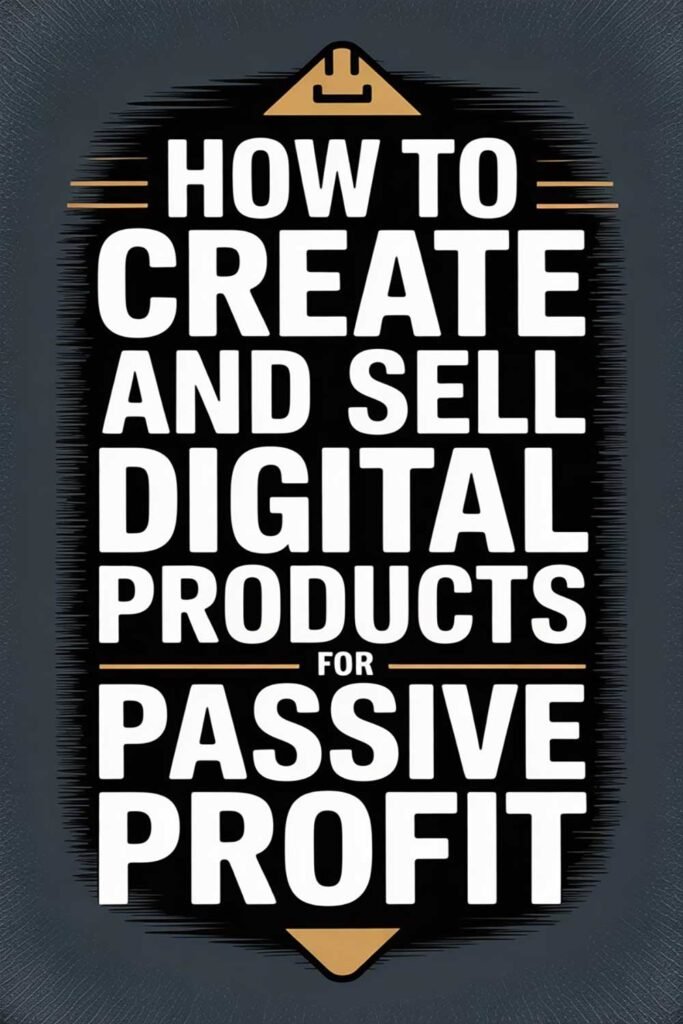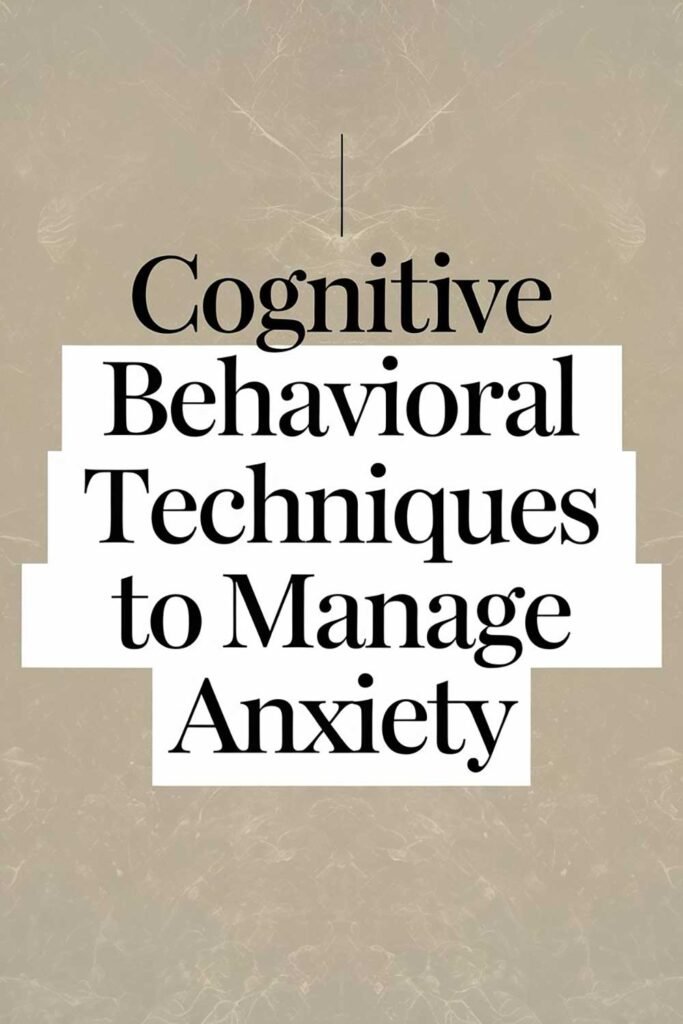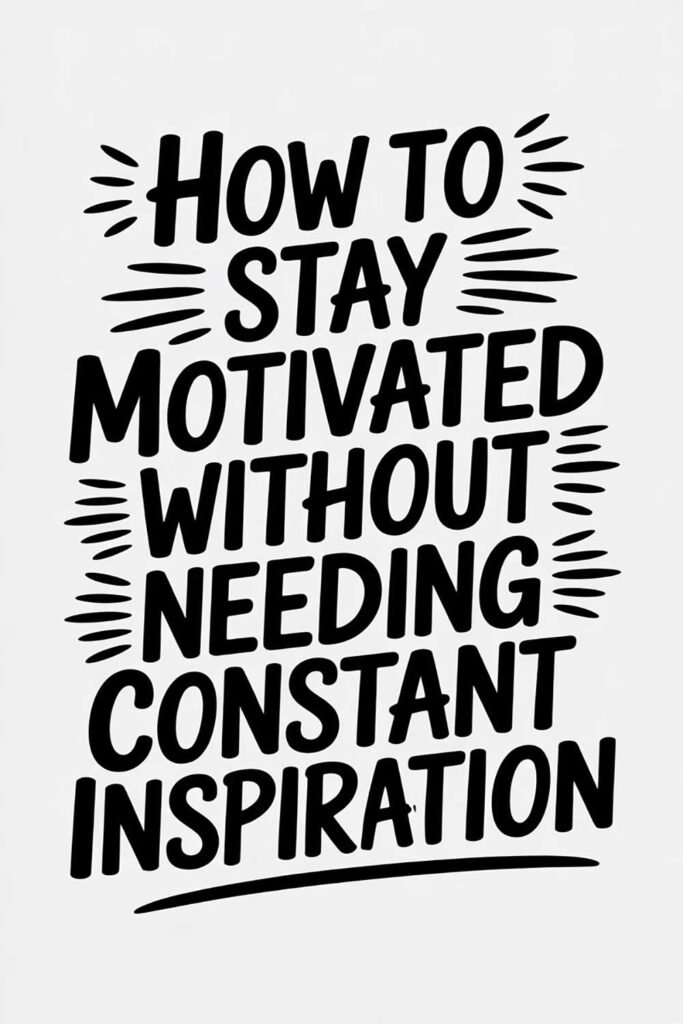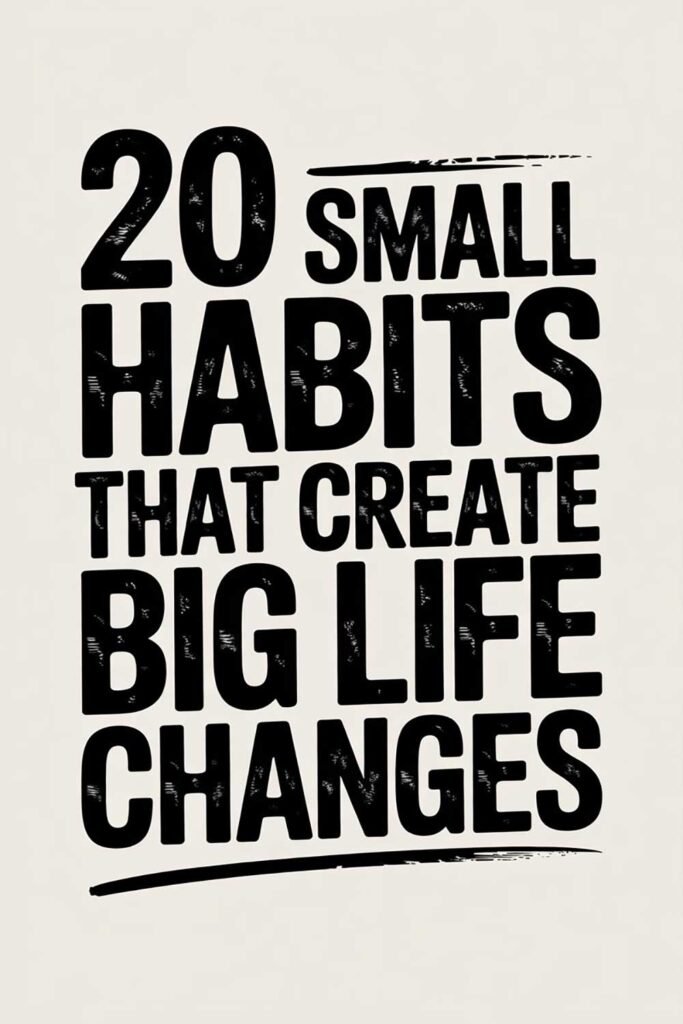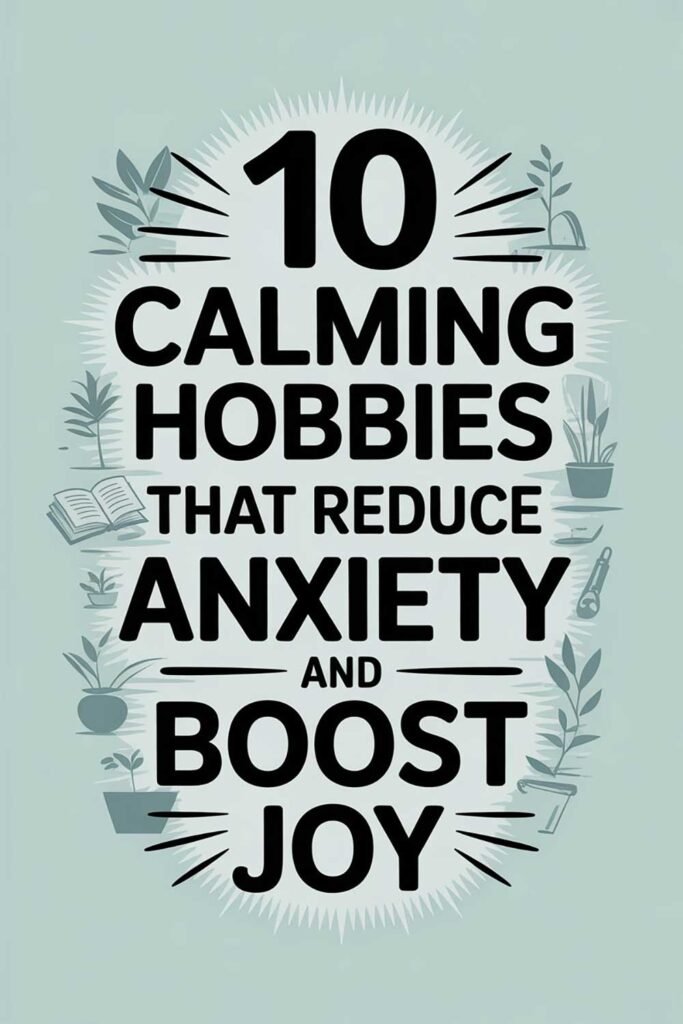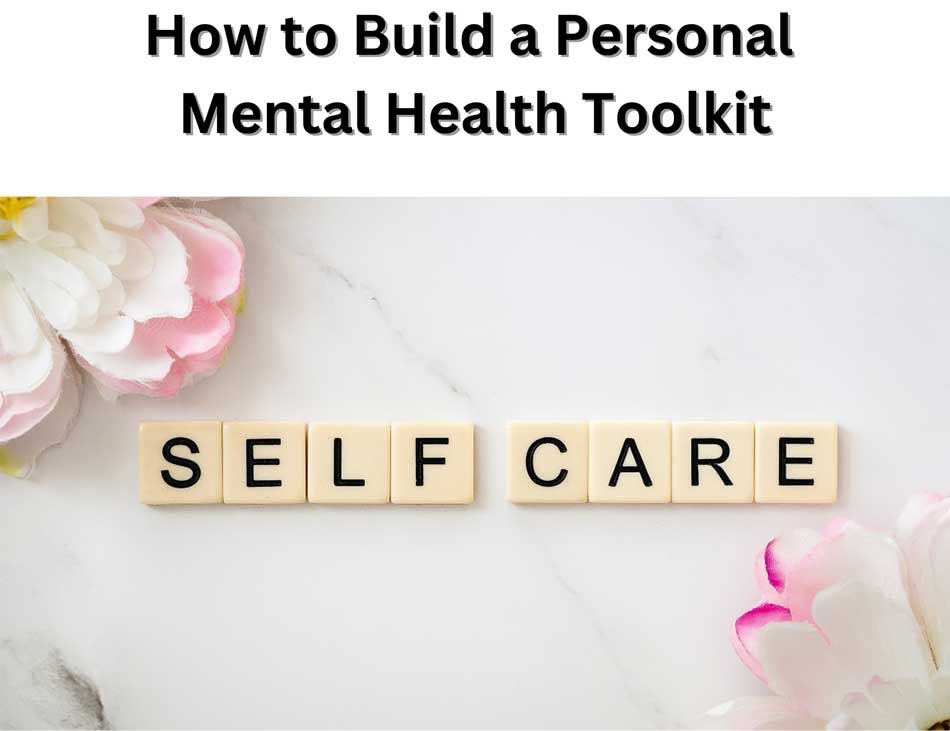
If you know someone who could benefit from this article, please share it with them. Building a personal mental health toolkit can provide essential support for emotional well-being and resilience.
How to Build a Personal Mental Health Toolkit
What Is a Mental Health Toolkit?
A mental health toolkit is a collection of resources, strategies, and practices that help you manage stress, improve emotional well-being, and maintain a balanced mindset. It’s personalized to your needs and acts as a go-to support system when life feels overwhelming.
Why Build a Mental Health Toolkit?
- Reduces Stress: Provides effective coping mechanisms for challenging situations.
- Enhances Resilience: Prepares you to navigate emotional ups and downs.
- Encourages Self-Care: Promotes habits that support long-term mental health.
- Offers Immediate Relief: Gives you tools to address distress in the moment.
Steps to Build Your Personal Mental Health Toolkit
1. Identify Your Needs
Understanding your emotional triggers and challenges helps you choose the right tools.
- Questions to Ask Yourself:
- What situations cause me the most stress or anxiety?
- What strategies have helped me feel better in the past?
- What are my mental health goals?
2. Include Basic Self-Care Essentials
Start with foundational practices that support overall well-being.
- Suggestions:
- Regular physical activity.
- Balanced nutrition and hydration.
- Consistent sleep schedule.
3. Incorporate Relaxation Techniques
Relaxation exercises can help you calm your mind and body during stressful moments.
- Examples:
- Deep breathing exercises.
- Progressive muscle relaxation.
- Guided meditations or mindfulness practices.
4. Add Emotional Regulation Tools
Learn to manage intense emotions with techniques that promote balance.
- Examples:
- Journaling to process feelings.
- Practicing grounding techniques, like the “5-4-3-2-1” method.
- Using positive affirmations to counter negative thoughts.
5. Include Social Support Resources
Connecting with others can provide comfort and perspective.
- Ideas:
- Keep a list of trusted friends or family members you can talk to.
- Join support groups or online communities.
- Identify a mental health professional or counselor.
6. Incorporate Distraction and Enjoyment Tools
Activities that bring joy or redirect focus can help shift your mindset.
- Examples:
- Listening to uplifting music or podcasts.
- Engaging in hobbies, like painting or gardening.
- Watching a favorite movie or TV show.
7. Create a Crisis Plan
Prepare a plan for managing more intense periods of distress.
- Steps:
- Identify warning signs that you may need extra support.
- List emergency contacts, including crisis hotlines.
- Outline immediate actions you can take, such as calling a friend or practicing a calming technique.
Tools and Resources to Include in Your Toolkit
Digital Resources
- Apps: Headspace, Calm, Insight Timer for mindfulness and meditation.
- Crisis Support: Suicide prevention hotlines or text-based services.
- Online Communities: Safe forums for sharing and connecting with others.
Physical Items
- A journal and pen for reflective writing.
- A stress ball or fidget toy for physical grounding.
- Aromatherapy oils, such as lavender, for relaxation.
Personalized Activities
- Favorite books or inspirational quotes.
- Photos or mementos that bring comfort.
- A playlist of calming or uplifting music.
Tips for Maintaining Your Toolkit
- Regularly Update It: Refresh your resources to keep them relevant to your current needs.
- Practice Using Your Tools: Incorporate them into your routine, so they feel natural when you need them.
- Stay Flexible: Adjust your toolkit as your life and challenges evolve.
- Seek Feedback: Ask trusted individuals for suggestions or insights into what might help you.
Picture This
Imagine having a set of personalized tools at your fingertips to help you navigate life’s challenges. Your mental health toolkit becomes a source of strength, equipping you to manage stress, improve resilience, and embrace a more balanced and fulfilling life. What will you add to your mental health toolkit today?

